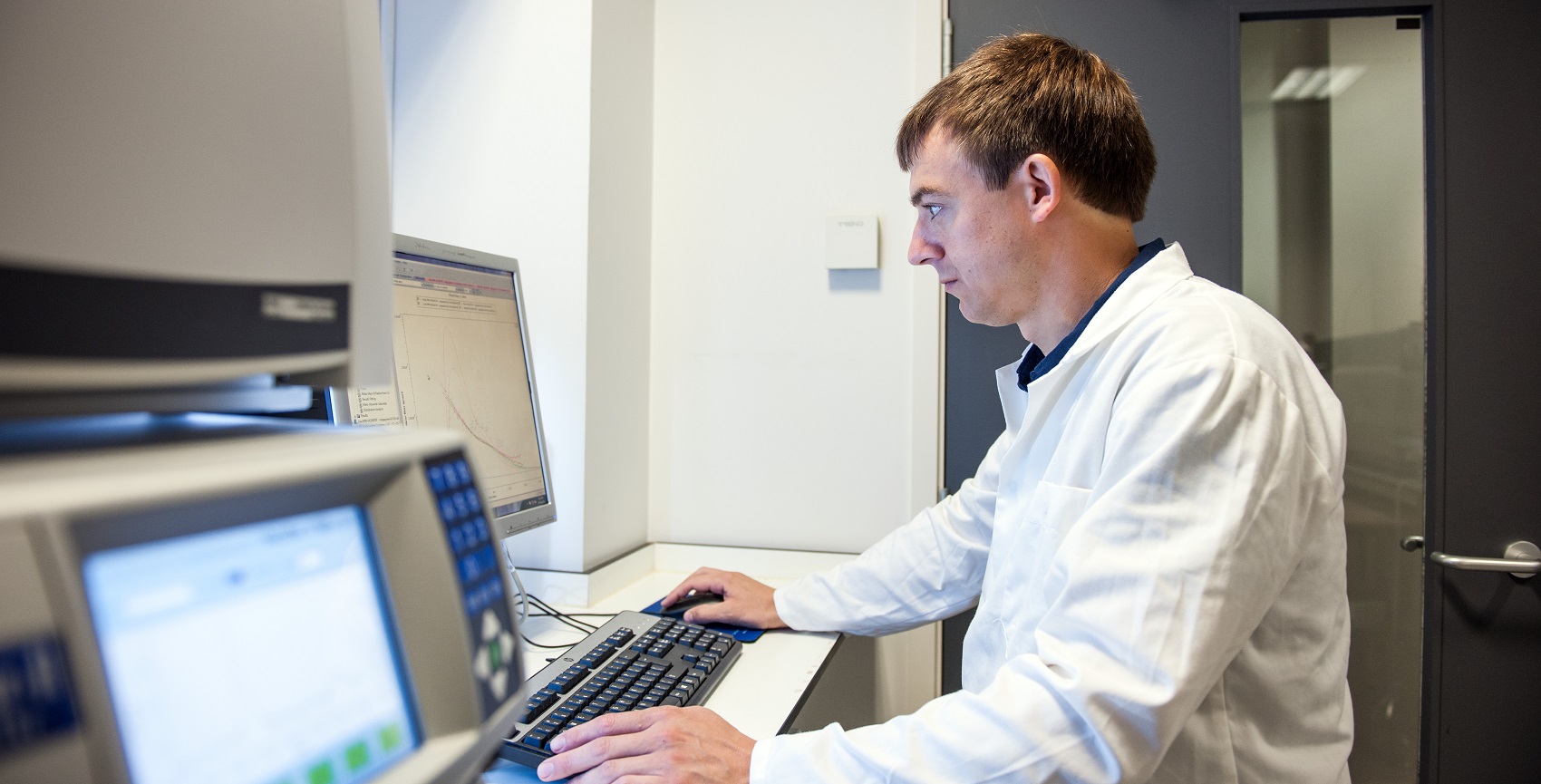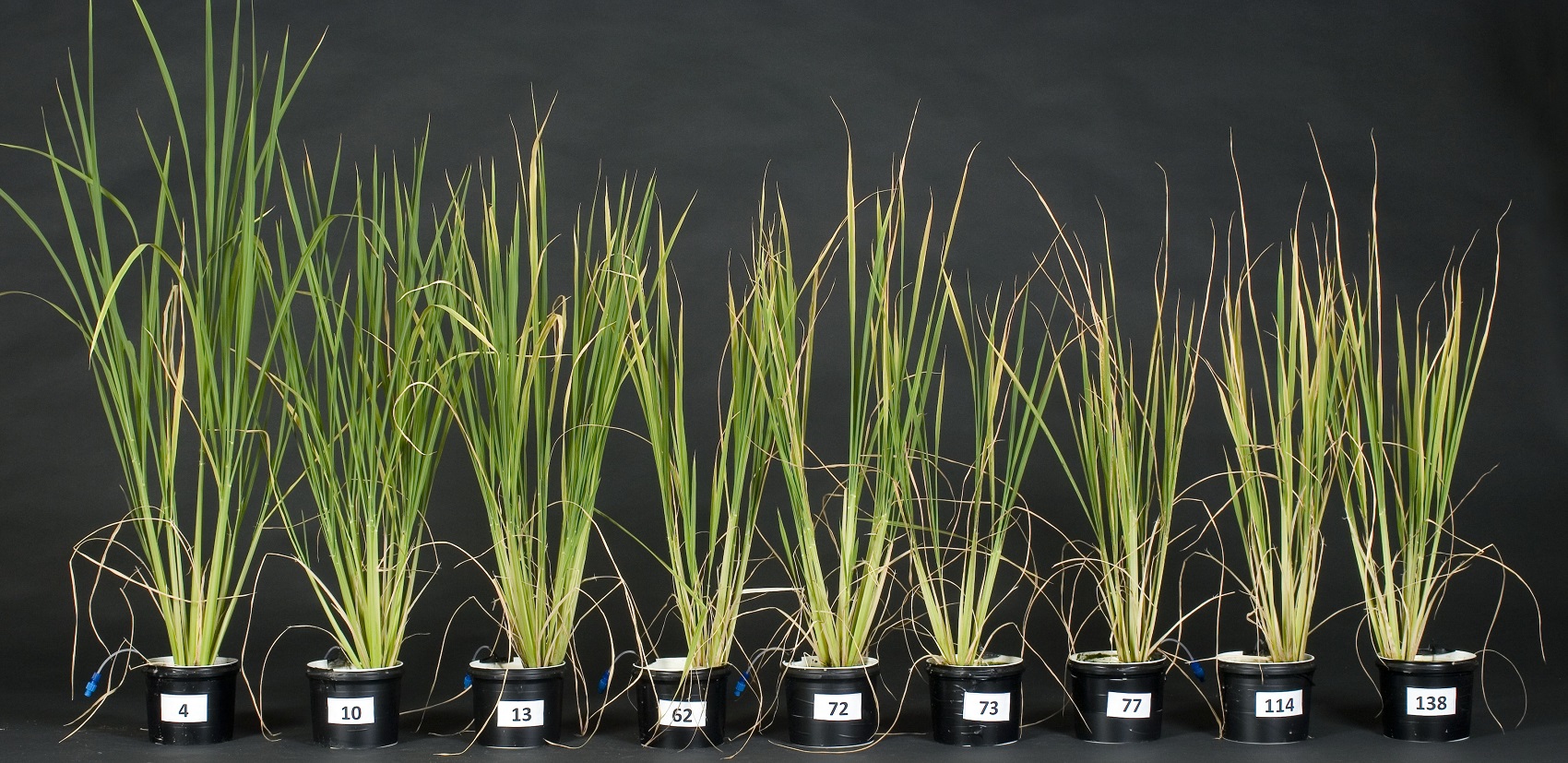The big picture: using wildflower strips for pest control
Dietary fibre is a very important part of our diet, with a number of accepted health benefits. It lowers the GI (glycaemic index) of food by slowing down the release of a sugar called glucose from starchy foods, like rice and bread. This reduces the risk of type-2 diabetes, coronary heart disease, and colon cancer, while also improving absorption of minerals. Dietary fibre is found within complex carbohydrates in plant cell walls of the crops we eat, such as beans, pulses, cereal grains, fruit and vegetables.
Along with increasing crop yields, improving nutritional quality is one of the main tasks of plant and food sciences, contributing to our efforts to feed the growing population. A 100 g serving of brown rice provides us with up to 2.8 g of fibre, while a serving of white rice, a polished version of brown, only provides us with around 0.6 g. As rice is a staple for nearly half of the world’s seven billion people, there would be major health benefits to be gained from rice with a higher dietary fibre content. Such health benefits would be particularly felt in Asia, a continent with a population equivalent to 60% of total world population; where 90% of rice is consumed; and where the rate of type-2 diabetes is increasing fastest.

However, our understanding of the structure and content of dietary fibre in rice is limited – this is where my research fits in. As a Plant Biochemist at Rothamsted Research, I am studying the dietary fibre content of many different varieties of rice, with the aim of providing the knowledge needed to breed new varieties with a higher dietary fibre content. This work is part of a collaborative project called EnRicH (Enhanced Rice quality for Health), funded by the Newton Fund.
I spend my days in a lab, piecing together the chemical diversity and quantity of dietary fibre found within complex carbohydrates in the plant cell walls of different varieties of rice. From each rice variety, I examine the grain comparing polished (white) and unpolished (brown). First, I do a lot of sample preparation. I de-husk the rice grain by removing the hull - the outermost protective layer. In doing so I get brown rice. I polish a portion of the brown rice to make white rice. I mill the brown and white rice grain into a fine flour. All of the sample preparation is done using a miniature version of production-size rice de-husker, polisher and mill.

I then run various biochemical experiments, using different analytical techniques, to determine the structure and content of dietary fibre in the brown and white rice flour samples. I examine both the water soluble fibre and the total dietary fibre, as each of these are thought to have different health benefits. My biggest enemy while analysing total dietary fibre is the starch content, which makes up to 88% of rice grain. De-starching the rice flour sample is a crucial step, because if any gets left behind it ‘swamps’ the assays for determining dietary fibre content.
Once I know the biochemical structure and content of the dietary fibre I map the diversity of the different varieties of rice, both unpolished and polished. This allows my colleagues and I at Rothamsted to identify the promising candidates with high fibre content for a rice breeding programme with our collaborators at the International Rice Research Institute (IRRI) and the Philippine Rice Research Institute (PhilRice).

All the time I spend in the lab might sound boring to some, but to me it’s like a puzzle and I enjoy putting together the full picture. I am driven to work hard knowing that the results will help to enhance the nutritional quality of this staple crop. The ultimate goal of this research is to breed rice with higher dietary fibre so that when we eat rice and rice products the glucose is released more slowly from the starch, decreasing the glycaemic response which can otherwise lead to insulin insensitivity (type-2 diabetes). I am proud to be playing my part in making this happen!